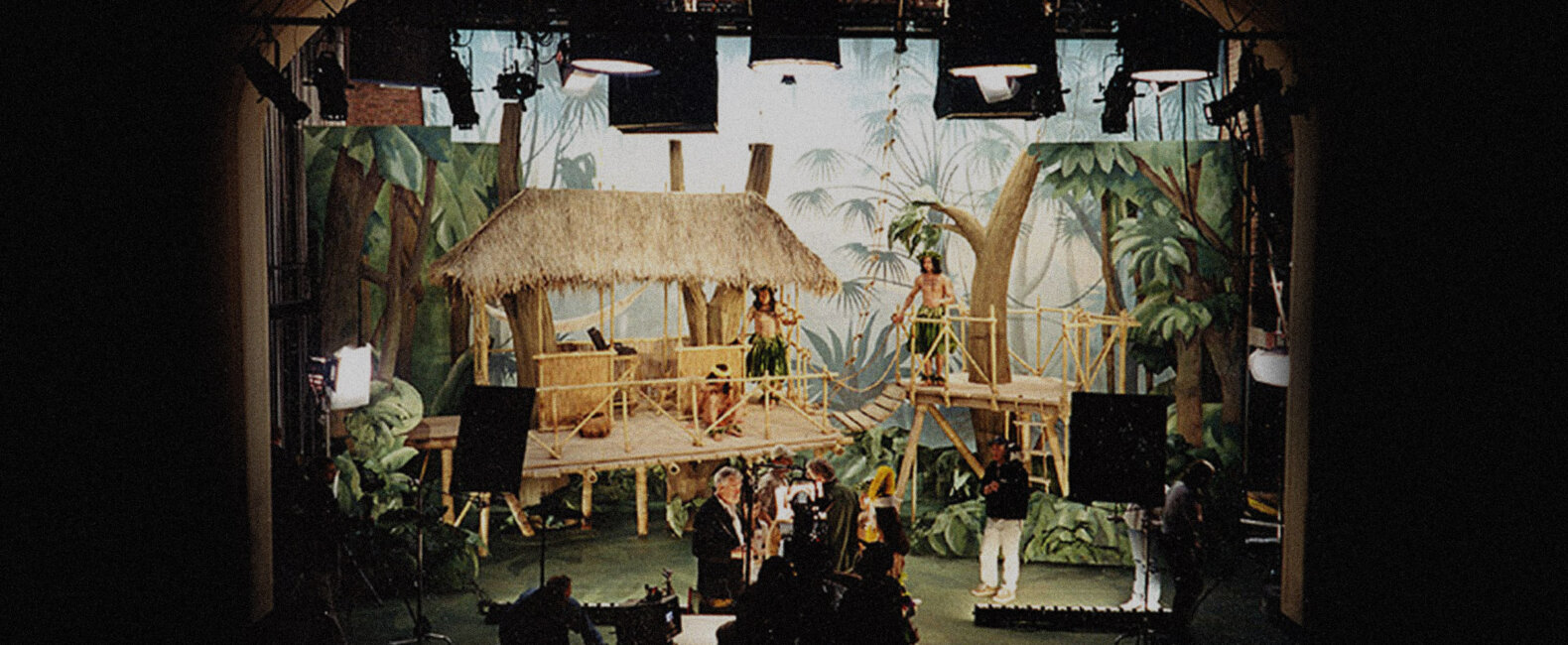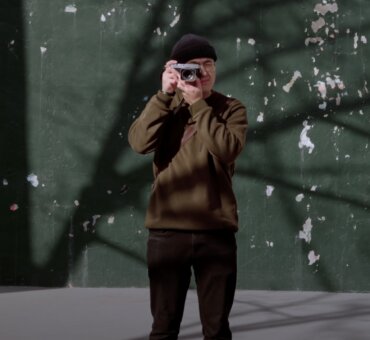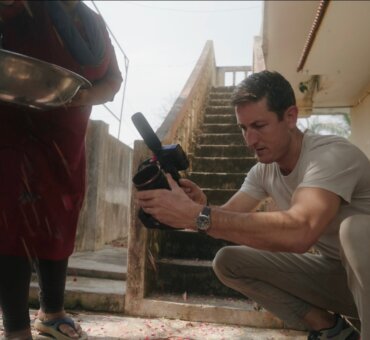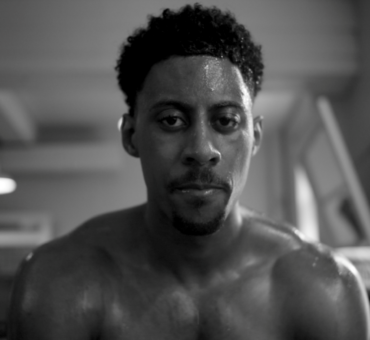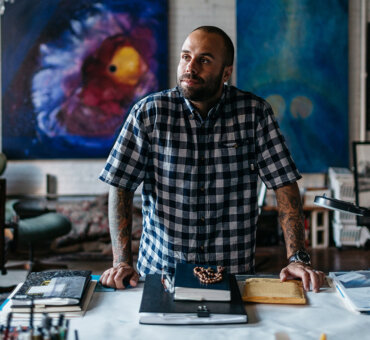Carl Sprague is a busy guy. You can see it in our conversation with him below. But, more importantly, you can see it on his résumé. Since he began building theater sets at Harvard University (he says it was more rewarding than directing actors), Carl has worked in the art departments of more than 30 films, including Oscar winners like The Social Network, 12 Years a Slave, and The Grand Budapest Hotel. While his collaborators include Stephen Spielberg, Martin Scorsese, Wes Anderson, Woody Allen, and countless other Hollywood legends, it’s the work that Carl is most interested in talking about ⎯ the hands-on, chaos-prone, seat-of-your-pants work of production design.
“There’s always some amount of chaos and adrenaline with this stuff,” Carl tells us, having stepped away from his latest project to answer a few of our questions. “Somehow we pull it off. It’s a dubious situation day to day. Hour to hour, sometimes.”
Despite the apparent bedlam of production design (we could hear the bedlam in the background), Carl maintains an endearing sense of calm, humor, and humility, as if after all these years there is still nothing else he’d rather be doing.
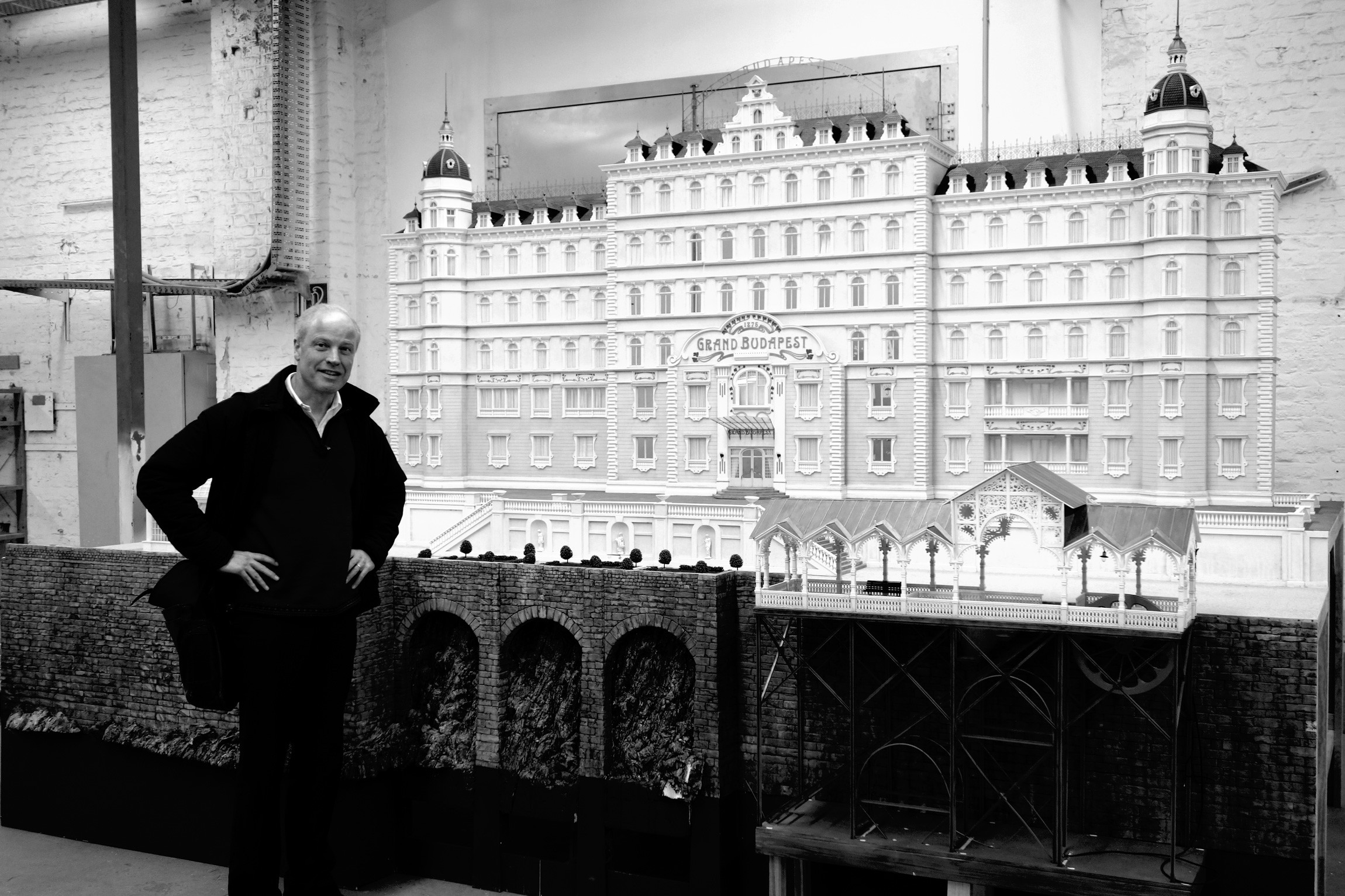
Carl Sprague: It’s a ridiculous day. We’re opening a big set, and we’re opening another one on Monday and on Tuesday and on Wednesday. The crew and budget have been decimated, but the vision is as big as ever. So that makes it a little tricky. [Laughs]
Musicbed: Wow. Do you have time to talk?
I have a few minutes, and then maybe we could talk again later?
Sure. So you got your start in production design at Harvard?
I was directing plays at Harvard. Not a lot of them. Many people were much more active than I was. But I directed three or four things. The challenge at Harvard was that everyone there was so theoretical. It was hard to get anyone to do anything hands on…like build the sets. So I had to build my own. I found it so rewarding. Much more rewarding than dealing with actors and personalities and so forth.
So I came away from school thinking set design might be a legitimate career choice. I didn’t want to go to graduate school right away ⎯ to Yale or Carnegie Mellon or one of these fancy schools where you acquire all the skills you need to become a designer. No, I wanted to go to New York. I wanted to see if I could get work. And to a certain extent I did, but I also took classes at this wonderful place ⎯ it’s gone now, unfortunately ⎯ where you could take a whole semester of classes on set design, drafting, lighting design, for about $30. No kidding. The classes there were just as good as anything I got out of NYU, which is where I ended up, briefly, later.
I also did a little theater work in New York, which was heartbreaking.
How so?
Low, low budgets. Off, off, off Broadway. And what I really wanted to do was work in movies. My idol was Woody Allen. He was making two movies a year in New York with an A-list crew. I was trying to find a way to crack into that circle. Who did I know who might know him? It turned out my little brother’s piano teacher was also Woody Allen’s producer’s kids’ piano teacher. She got me a phone number, and I called and said I wanted to be a production assistant. The producer, Bob Greenhut, ended up hiring me to work on the film Radio Days. My job was to drive Carol Joffe, the set decorator, around.
Well, anyway, I was a terrible driver. I was never late, but I was also never early. And I was always lost. This was before GPS, and I didn’t know my way around the outer boroughs. It’s hard to find the studio in Queens even if you do know your way around. So I was lost all the time, but I was having a great time, and I got to work a little bit at the edge of the art department. This was the first movie that Santo Loquasto designed for Woody. I thought the world of Santo, and he gave me a couple little projects to do. His art director at the time was Speed Hopkins who I admired to pieces. So I got to know those guys a little bit.
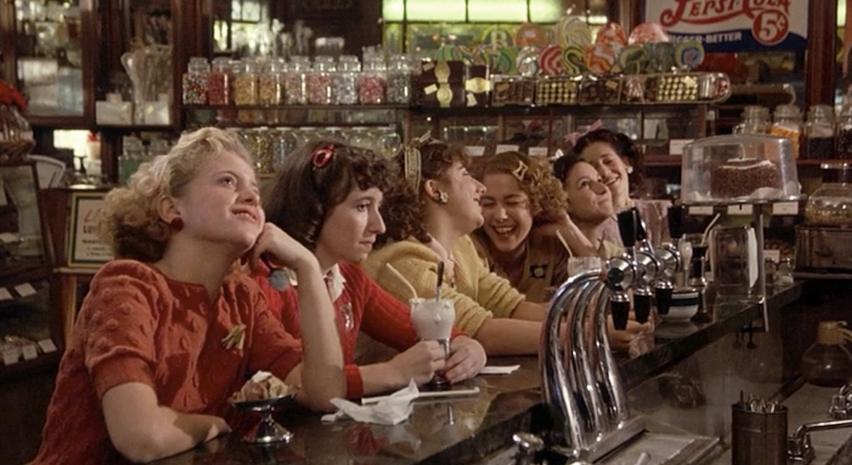
Anyway, on the first day of shooting, I was so excited just to be there. I’m on the set of a Woody Allen movie! I can’t believe it! Then the production manager comes up to me and says, “You know, Carl, the teamsters are complaining that you’re driving the set decorator around. It’s really supposed to be their job. So we’re going to have to let you go.” I went from being ecstatic to being completely crushed in about five seconds. That was the end of that. The funny thing is this year I’m designing Woody Allen’s Amazon series. Helen Robin, the one who handed me the keys to drive that set decorator around, called and asked if I’d be interested. I was in the middle of another job at the time, but I said yes immediately and quit what I was working on. No regrets.
How did you start designing for Wes Anderson?
Dave Wasco, who designed Wes’s first three movies, is a very connected person. He called me to see if I’d be interested in art directing The Royal Tenenbaums. It was an amazing project and an incredible break for me. But it’s funny with Wes. For his next project, The Life Aquatic, he went with a totally different crew. I would have loved to have gone to Rome and worked on the boats! But I wasn’t invited to that party. Funny enough, when Wes came back to New York to do Moonrise Kingdom, I got a call asking if I knew anyone in New England who’d want to draw on the project. I said, “How about me?” It was actually a demotion. I’d been art director on The Royal Tenenbaums, and now I was going to be a draftsman. But that’s how I crept back in. And besides, it was a fabulous job! I didn’t have to worry about all the art director things like scheduling and budgeting and hiring a crew and making sure things are actually happening. I got to sit in a corner, drink coffee, and draw. I probably drew half that movie. And I guess I did a happy enough job because Adam Stockhausen, the production designer, called me back to do concept illustrations for The Grand Budapest Hotel and 12 Years a Slave.
You said once that there are some things you figure out with a pencil, not your head. What did you mean by that?
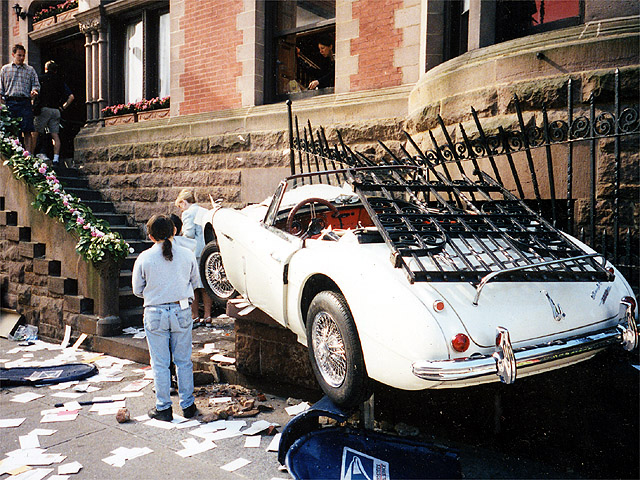
I meant that sometimes no amount of talking or writing or words can compare with actually trying something out. Creating an image. Moving it around. Seeing if it works. A lot of people who call themselves designers deny themselves that. It can be such a busy job. You’re on the phone, running around all the time. Everything gets delegated. I’m lucky that I’ve had enough practice that I can still make sketches.
Hey, listen, I’d love to talk more, but I should get back to all of these pots that are boiling over. Shall we talk again next week?
Sounds good. Next week.
The next week…
Carl Sprague: I am so sorry. You’re catching me at a crazy moment.
Did you get everything worked out last week? It sounded like things were a little nuts.
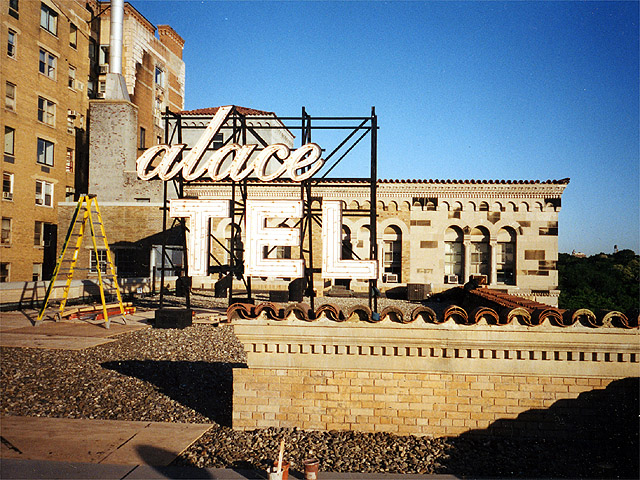
I can’t even recall now. What was last week? We’ve done several more impossible things since then. Is it Wednesday now? Is today Wednesday?
It’s Wednesday.
Okay, since we last talked, we’ve done two big street exteriors, a speakeasy, a Central Park, and an entire house!
Is this how your life normally is? Is this normal for you?
This is a little abnormal. Usually things are a little more…planned out. There’s always some amount of chaos and adrenaline with this stuff. But with this project, it seems that’s all there is. [Laughs] But it’s working out very well. Somehow we pull it off. It’s a dubious situation day to day. Hour to hour, sometimes.

Do you like working on the fly like this? Or do you like having time to plan?
I like both of those things! And you need them both. In the low-budget film business, it’s all about people making things up on the spot. When budgets get tight, prep is the first thing to go. Everyone says time is money, but the truth is that, on some level, time is free. But enough grousing! What do you want to talk about?
Is there a project that’s a good case study of how you work as a production designer?
How about Infinitely Polar Bear? That’s a recent film. Very handmade. And the hands I’m referring to are my own. Maya Forbes wrote the film about growing up with her father. It was an interesting project for me because it’s a period piece, but it’s a period I remember well. In those cases, your best reference material is your own recollection. We had a very limited budget on this film, so I pulled one of my favorite tricks: I borrowed a lot of stuff from my mother. She’s a pack rat. So she has a lot of wonderful things that were just right for the era and place.
I had a lot of back-and-forth with Maya about what her apartment looked like as a child, which objects would be right. She asked for some specific things, but she didn’t have any pictures. So we tried to cook up what we could. One day her mother came to the set, and I asked her, “Well, is this what it was like?” And she said yes. Lo and behold, we’d guessed right!
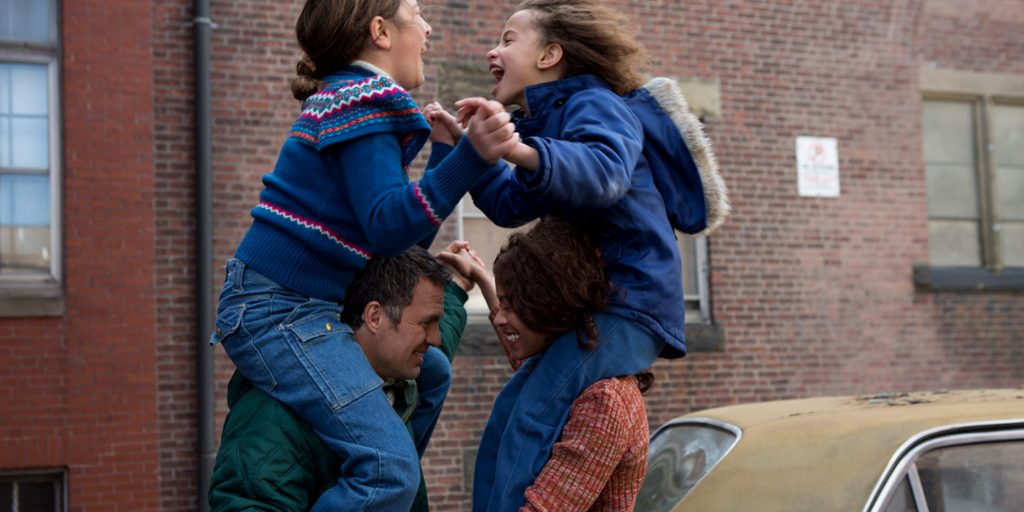
We shot the film in a real apartment — a two-bedroom apartment with one door and a 60-person crew inside. The reason we shot in a real apartment was mostly financial. But even if we’d had a big budget, there is something special about a real place. There is so much texture and authenticity to the real. It comes with its own character. You can spend so much time trying to create age and texture, or you can find a good location and it’s right there for the taking.
With these little movies, so much of it comes down to identifying a good location. You have to be judicious about your resources because you can’t afford missteps. That’s why it’s so funny to me when producers look at someone’s résumé and go, “Well, he’s only done little movies. He wouldn’t know what to do with a big one.” It’s the opposite! If you can pull off a $4 million movie, you’ll have no problem on a $40 million budget.
A film like Infinitely Polar Bear seems like the exact opposite of working on a Wes Anderson film, which seem very…
Very controlled. Yes. Very controlled. I’ve worked with him a long time and watched his process develop. He has become a master at controlling every aspect of the image. There was a big difference in his work before and after his animation project, Fantastic Mr. Fox. When you’re faced with a blank canvas, the amount of planning and preparation is just extraordinary. A hundredfold from what you’d do in live action. He ended up bringing that sensibility into all of his work that followed. Which is remarkable. No one works like that. I’ve heard stories of Kubrick’s crazy control and prep on projects, but then he wouldn’t shoot them! Wes is actually getting stuff done, which is amazing. He brings an incredible energy to his work. Usually the response from the art department is, “Oh my god!” But then he gets it done.
I read an interview where you said you wouldn’t spend $500 on a theater prop unless there was some kind of vision or metaphor behind the object. Do you still believe that?
Absolutely. I feel that strongly. But there is a difference between theater and film. Theater is an interesting place because the ideas are more distilled. They’re pure. The concept is much more available. Movies are long and twisty and can be telling a lot of different stories at once. There are a lot of different sets and ideas and concepts. You’re trying to cram in as much as possible. It’s an amazing medium. But trying to identify the one thing a movie is about can be very slippery. I’ve worked on a few films where you really couldn’t tell what the film was about at all. That makes it very difficult to make design decisions. Sometimes it can be hard to articulate what a film is about using words. I guess that’s why it’s worth making a movie about it. But there always has to be some idea behind it. There needs to be a feeling you’re going for, or an image, or a thought.
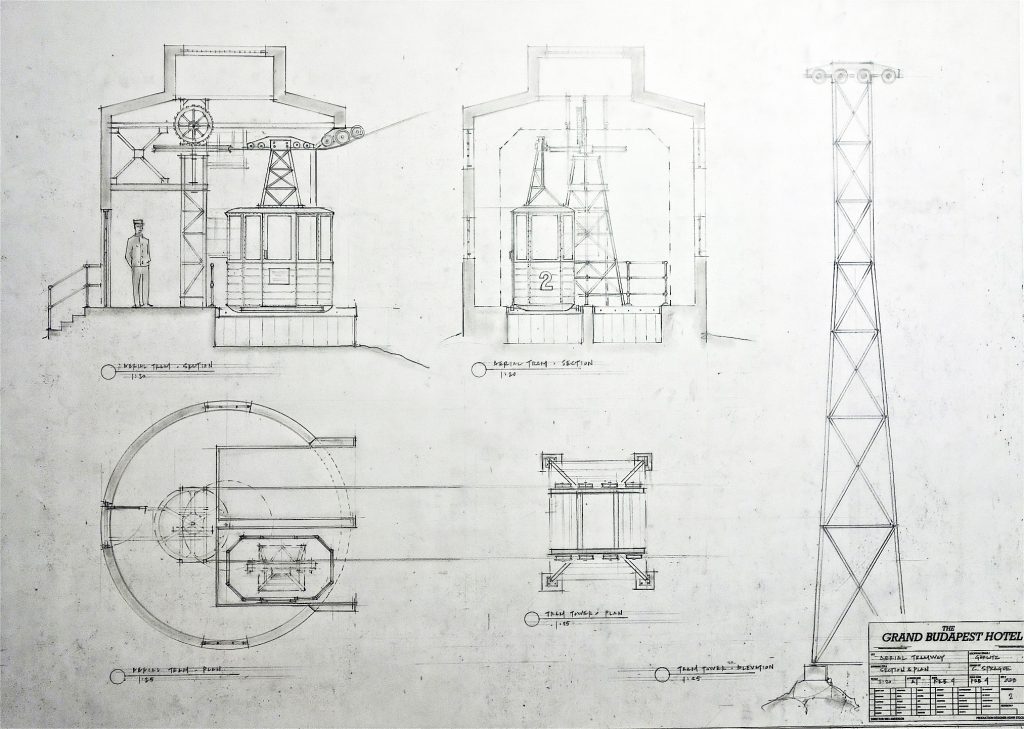
I worked on a film once where the director got sacked, and they went through five different scripts. It was a complete zoo. It started out as Gossip Girl by the sea, and it ended up being a police procedural. Nobody really cared what the art department was doing, but we needed something to hang our hats on. So I decided the film was going to be about creepy things beneath the sea. We did all kinds of jellyfish wallpaper. Decorated this wonderful seaside hotel with pictures of shipwrecks and sea monsters. We had flower arrangements with sea snails crawling around in them. Dried-out blowfish on the bar. It was so fun.
Do you always try to identify some “controlling idea” like that?
Absolutely! Usually it comes with the script. But in this case we were scrambling, so we just made it up for ourselves, which was great fun. Sometimes the idea will emerge in the process of making the movie. Filmmaking is a collaborative medium. I always value whatever collaboration I can squeeze in with the director or cinematographer or costume designer or visual effects people or gaffer. My basic rule of thumb is simple: If it doesn’t engage light in some way ⎯ whether by taking light, or giving it ⎯ then it’s not scenery.















































































